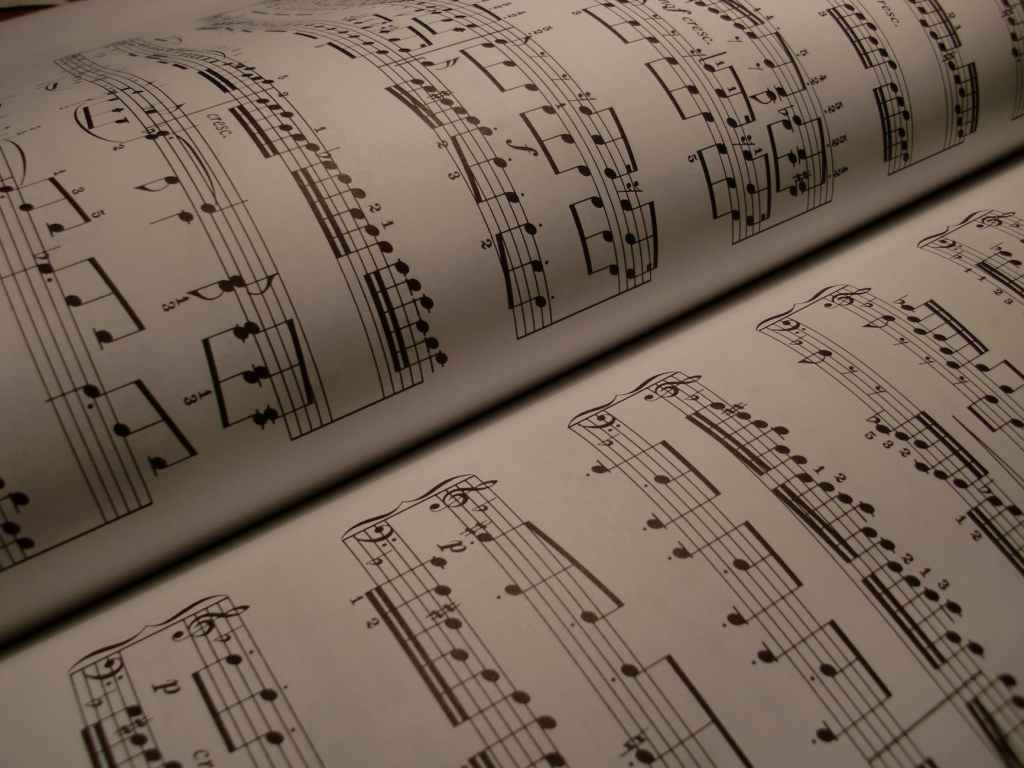
Perception is indeed a subjective experience, and what we see is often shaped by our personal experiences, beliefs, and biases. This is particularly true when it comes to interpreting art, where the meaning and significance of a piece can vary widely depending on the viewer’s perspective.
When looking at a piece of art, we may be drawn to certain colors, shapes, or forms that resonate with us on a deeper level. We may also project our own emotions and experiences onto the work, interpreting it in a way that reflects our own personal reality.
But regardless of how we perceive a piece of art, there is a deeper truth that lies beneath the surface. As the Bible verse states, “Every good gift and every perfect gift is from above, and cometh down from the Father of lights, with whom is no variableness, neither shadow of turning.” In other words, all beauty and creativity ultimately come from a higher power, and there is a divine order and purpose behind everything we see.
So what do I see when I look at this art? However, I can appreciate the beauty and complexity of the artwork, and recognize the skill and creativity that went into its creation.
Ultimately, the meaning and significance of this artwork are up to each individual viewer to decide. But by remembering that all good things come from a higher power, we can approach art (and life in general) with a sense of reverence and appreciation, recognizing that there is a deeper truth and purpose behind everything we experience.
Furthermore, the idea that “perception is your reality” highlights the importance of recognizing the power of our thoughts and beliefs in shaping our experience of the world around us. Our perceptions can influence our emotions, behaviors, and ultimately the reality we create for ourselves.
In the context of art, this means that our perceptions of a piece can have a profound impact on how we relate to it and what meaning we assign to it. For example, one person may see a painting as a beautiful expression of nature, while another may view it as a commentary on the destruction of the environment.
Regardless of how we perceive a piece of art, it is important to approach it with an open mind and a willingness to engage with it on its own terms. This means setting aside our preconceptions and biases and allowing ourselves to be fully present with the work in front of us.
Ultimately, art has the power to connect us to something deeper and more meaningful than our individual perceptions and experiences. By recognizing the divine source of all creativity and beauty, we can approach art with a sense of reverence and appreciation, and open ourselves up to the transformative power of the creative process.







Help us improve our community…………….. Tell us how we’re doing?